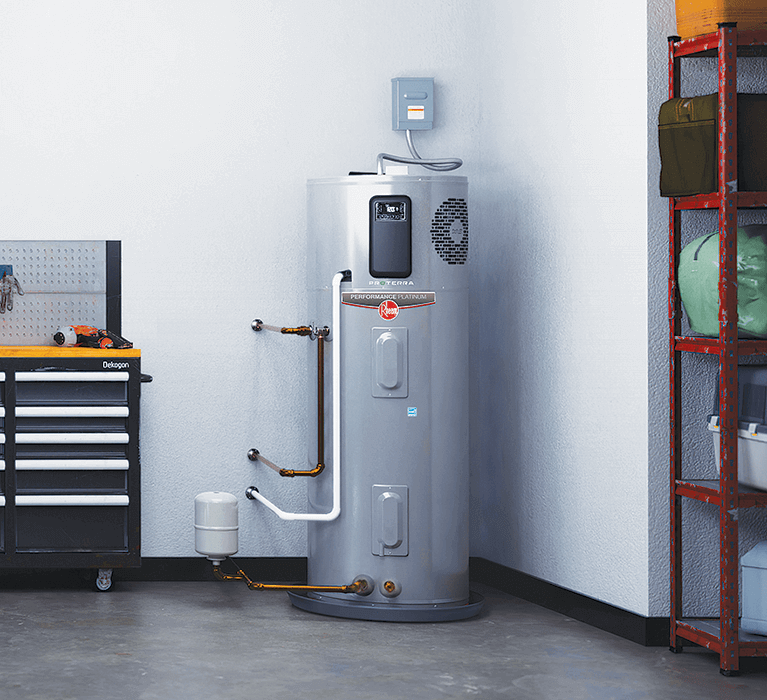Each person has their own individual theory with regards to How to Maintain a Hot Water Heater in a Few Simple Steps.

Warm water is crucial for day-to-day comfort, whether it's for a refreshing shower or washing meals. To ensure your hot water system runs efficiently and lasts longer, regular upkeep is key. This post offers sensible tips and understandings on how to preserve your home's warm water system to avoid disruptions and costly fixings.
Intro
Maintaining your home's warm water system could seem complicated, but with a couple of simple steps, you can ensure it runs smoothly for years to find. This overview covers everything from understanding your hot water system to do it yourself maintenance suggestions and recognizing when to call in professional assistance.
Relevance of Maintaining Your Hot Water System
Routine upkeep not only prolongs the life-span of your hot water system but likewise ensures it operates effectively. Disregarding upkeep can lead to decreased efficiency, higher energy expenses, and also early failing of the system.
Signs Your Hot Water System Requirements Upkeep
Recognizing when your warm water system requires attention can avoid major issues. Watch out for indications such as irregular water temperature level, weird noises from the heater, or rusty water.
Comprehending Your Hot Water System
Before diving into upkeep jobs, it's practical to recognize the standard parts of your warm water system. Typically, this includes the water heater itself, pipes, anode poles, and temperature level controls.
Monthly Maintenance Tasks
Normal monthly checks can aid catch small concerns before they intensify.
Purging the Hot Water Heater
Purging your water heater removes sediment build-up, boosting efficiency and extending its life.
Monitoring and Replacing Anode Rods
Anode poles protect against rust inside the container. Inspecting and changing them when worn out is essential.
Examining and Readjusting Temperature Level Setups
Changing the temperature settings makes certain optimal performance and security.
Do It Yourself Tips for Maintenance
You can execute numerous upkeep tasks yourself to keep your warm water system in leading condition.
Checking for Leaks
Regularly examine pipes and links for leakages, as these can result in water damages and greater expenses.
Examining Pressure Relief Valves
Checking the pressure relief valve guarantees it works correctly and protects against extreme pressure build-up.
Insulating Pipes
Insulating warm water pipes lowers warm loss and can save power.
When to Call an Expert
While DIY upkeep is helpful, some issues require expert competence.
Complex Concerns Requiring Specialist Help
Instances include major leakages, electric problems, or if your hot water heater is regularly underperforming.
Regular Professional Upkeep Advantages
Specialist upkeep can consist of extensive inspections, tune-ups, and making sure compliance with safety and security standards.
Final thought
Normal maintenance of your home's warm water system is crucial for performance, long life, and cost savings. By complying with these tips and understanding when to seek professional assistance, you can make certain a dependable supply of warm water without unexpected interruptions.
How to Maintain an Instant Hot Water Heater
Before tinkering with your hot water heater, make sure that it’s not powered on. You also have to turn off the main circuit breaker and shut off the main gas line to prevent accidents. Also turn off the water valves connected to your unit to prevent water from flowing into and out of the appliance. 2. When you’re done, you have to detach the purge valves’ caps. These look like the letter “T†and are situated on either side of the water valves. Doing so will release any pressure that has accumulated inside the valves while at the same time avoid hot water from shooting out and burning your skin. 3. When the purge valves’ caps are removed, you have to connect your hosing lines to the valves. Your unit should have come with three hoses but if it didn’t, you can purchase these things from any hardware or home repair shops. You can also get them from retail stores that sell water heating systems. Read the user’s manual and follow it to complete this task properly. When the hosing lines are connected, open the purge port’s valves. 4. You should never use harsh chemical cleaners or solutions when cleaning your unit. Make use of white vinegar instead. It should be undiluted and you’ll probably use about 2 gallons. 5. Now flush your water heater. This task should probably take about 40 minutes. We can’t give you specific directions for this because the procedure is carried out depending on the type, model and brand of your heater. With that being said, refer to the user’s manual. 6. When you’re done draining the unit, you have to turn off the purge port valves again. Remove the hosing lines that you earlier installed on each of the water valves. Put the valve caps (purge port) back in their respective places and be very careful so as not to damage the rubber discs that are found inside these caps. 7. Now that everything’s back in place, check your user’s manual again to find out how to reactivate your water heating system. 8. Once it is working, turn one of your hot water faucets on just to let air pass through the heater’s water supply pipes. Leave the tap on until water flows smoothly out of it. https://www.orrplumbing.com/blog/2014/september/how-to-maintain-an-instant-hot-water-heater/

I ran across that write up about Water Heater Maintenance Tips You Can't Afford to Forget while doing a search on the internet. Are you aware of somebody who is involved in the subject? Be sure share it. Thanks a lot for your time invested reading it.
Set An Appointment